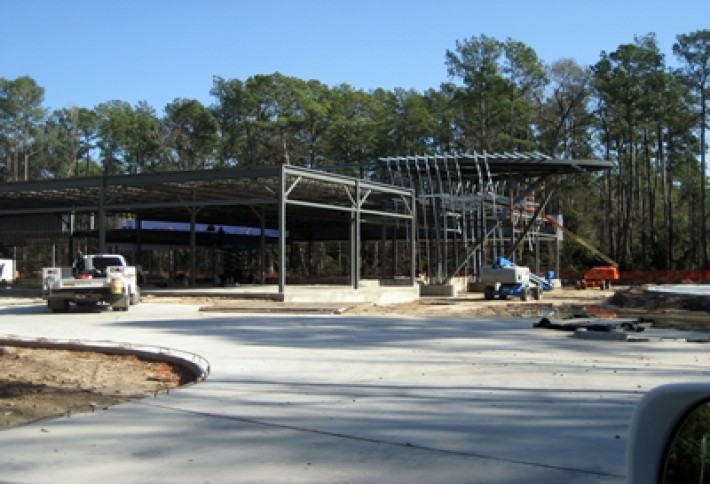5 Reasons You Should Buy a Warehouse

Move over multifamily--industrial may be the next growth wave. PPR senior market adviser Glen Marker (a hiking aficionado who also enjoys century rides up in Door County) has been advising institutional investors to get into the sector, and he tells us why.
1) Demand
Absorption in the Chicago industrial market has been among the strongest in the country over the past two and a half years; that's largely due to a supply chain realignment of major retailers and third-party logistics providers around a "four corners" strategy (focusing on distribution hubs east of the Mississippi River, where 75% of the US population lives). Vacancies peaked in Q2 '10 but have returned to 2007 levels at 9.6%. Glen expects them to fall below 9% this year before supply begins to catch up. Demand for mid-size and small bay space improved significantly last year, accounting for 60% of net demand. We won't see a meaningful pickup in small bay space until the housing market improves.
2) Supply (or lack thereof)
Almost nothing is under construction now (which makes for a lot of bored cranes). Glen predicts a minor ramp up this year with a little over 2M SF of new product, only 0.3% of inventory (or a quarter of what the market has averaged over the past 10 years). But after four years of new construction essentially nonexistent or slightly negative--thanks to tear downs and conversions--it won't take long for substantial supply to come online (Glen says mid to late 2014). "It doesn't take very long to construct a modern box," he says. (Our elementary school dioramas beg to differ.)
3) Outsized rent growth
Net asking rent in Chicago rose 1.7% last year and Glen expects it to push even higher over the next few years. Things aren't looking as bright nationwide: We're 8% below the long-term trend, but that means significant upside in today's asking rents.
4) Below replacement cost
Nationwide, overall pricing per SF is 12% below the long-term trend. In Chicago, transactions are 9% below our long-term price per pound basis. That means investors can still acquire industrial product at a significant discount to development. The Chicago market may not be a perennial favorite like supply-constrained Los Angeles or neighboring Inland Empire, but its size gives it liquidity, which attracts investors (even when the fundamentals don't always warrant it).
5) Cash yields
Industrial yields are some of the highest of the four main food groups. Although warehouses may seem a little pricey, they're worth it thanks to stronger fundamentals. Warehouses aren't known for their growth, but Glen's tracking institutional warehouse cap rates of 6.8% nationally, which is driving players from other sectors into the industrial arena. More importantly, while warehouses are commanding higher cap rates than office, their NNN lease structure makes their cash flow yields even more attractive.




